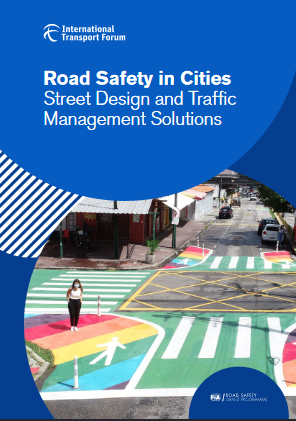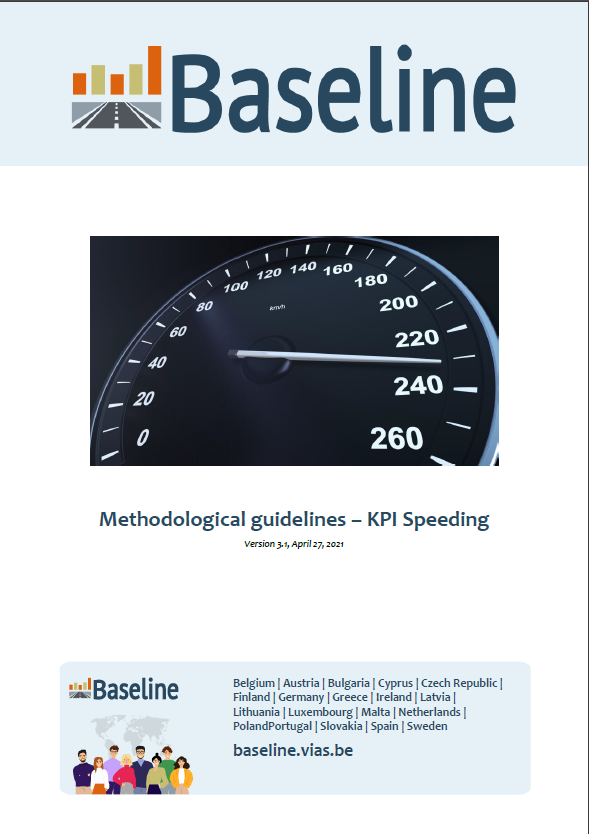Road Safety in Cities Street Design and Traffic Management Solutions

From the International Transport Forum:
This booklet presents measures that effectively reduce road traffic deaths and serious injuries in cities. It covers urban street design, traffic management and improving mobility options. Measures are illustrated with examples reported by cities collaborating in the ITF Safer City Streets network and include information on cost and effectiveness.
Collaboration is key to improving post-crash response and increasing victims’ survival
Contact Person
Road accidents inflicts high economic costs. This ratio considers economic costs of road accidents with GDP (SEC-SEG-001).
Road accidents inflicts high economic costs. This indicator reports economic costs of road accident injuries in USD.
Asian Transport Outlook Database
BASELINE Project: Methodological guidelines – KPI Speeding

The Communication of the European Commission “Europe on the Move – Sustainable Mobility for Europe: safe, connected and clean” of the 13th of May 2018 confirmed the EU's long-term goal of moving close to zero fatalities in road transport by 2050 and added that the same should be achieved for serious injuries. It also proposed new interim targets of reducing the number of road deaths by 50% between 2020 and 2030 as well as reducing the number of serious injuries by 50% in the same period. To measure progress, the most basic – and important – indicators are of course the result indicators on deaths and serious injuries.
In order to gain a much clearer understanding of the different issues that influence overall safety performance, the Commission has elaborated, in cooperation with Member State experts, a first set of key performance indicators (KPIs). The KPIs relate to main road safety challenges to be tackled, namely: (1) infrastructure safety, (2) vehicle safety, (3) safe road use including speeding, alcohol, distraction and the use of protective equipment, and (4) emergency response. The aim of the KPIs is connected to EC target outcomes.
The aim of the BASELINE project, funded partially by the European Commission, is to assist participating Member States’ authorities in the collection and harmonized reporting of these KPIs and to contribute to building the capacity of Member States which have not yet collected and calculated the relevant data for the KPIs. The outcomes of this project will be used to set future European targets and goals based on the KPIs.
The purpose of this document is to further describe the minimum methodological requirements needed to qualify for the BASELINE KPIs for speeding, defined as: percentage of vehicles travelling within the speed limit.
Crash Investigation and Reporting Assessment
Contact Person
Establishing Managing and Maintaining APRSO Crash Database
Contact Person
Developing Minimum Road Safety Indicators
Contact Person
Pagination
- Page 1
- Next page